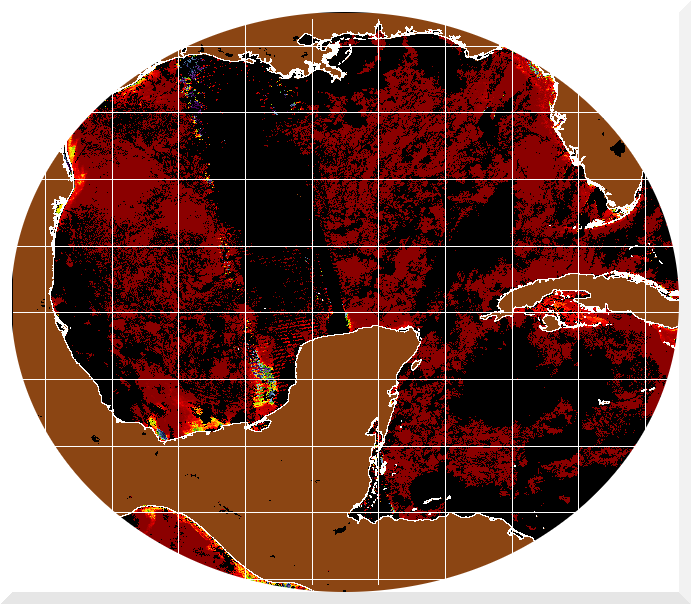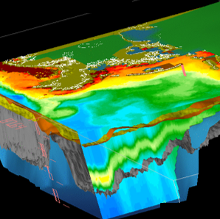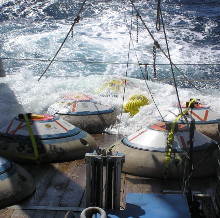The Ocean Sensing and Processes Branch conducts basic and applied research in ocean physics, air-sea interaction, ocean optics, and marine microbially influenced corrosion. Emphasis of this research is on understanding the oceans' physical processes and their interactions with the atmosphere and biological/chemical systems at scales ranging from basin-scale to microscale. Numerical and analytical models are developed and tested in laboratory and field experiments. The results of this research support the Navy's operational capability for predictions of oceanic atmospheric exchanges, acoustic propagation/detection, light transmission/emissi on, and influences of microbes on marine corrosion.
The seagoing experimental programs of the branch range worldwide. Unique measurement systems include: towed sensor profiler systems for studying meso- and finescale ocean structure, integrated absorption cavity and optical profiler system for studying ocean optical characteristics, and self-contained bottom-mounted upward-looking acoustic profilers for measuring ocean variability. In the laboratory, the division operates an environmental scanning electron microscope and a laser confocal scanning microscope for detailed studies of biocorrosion in naval materials.



